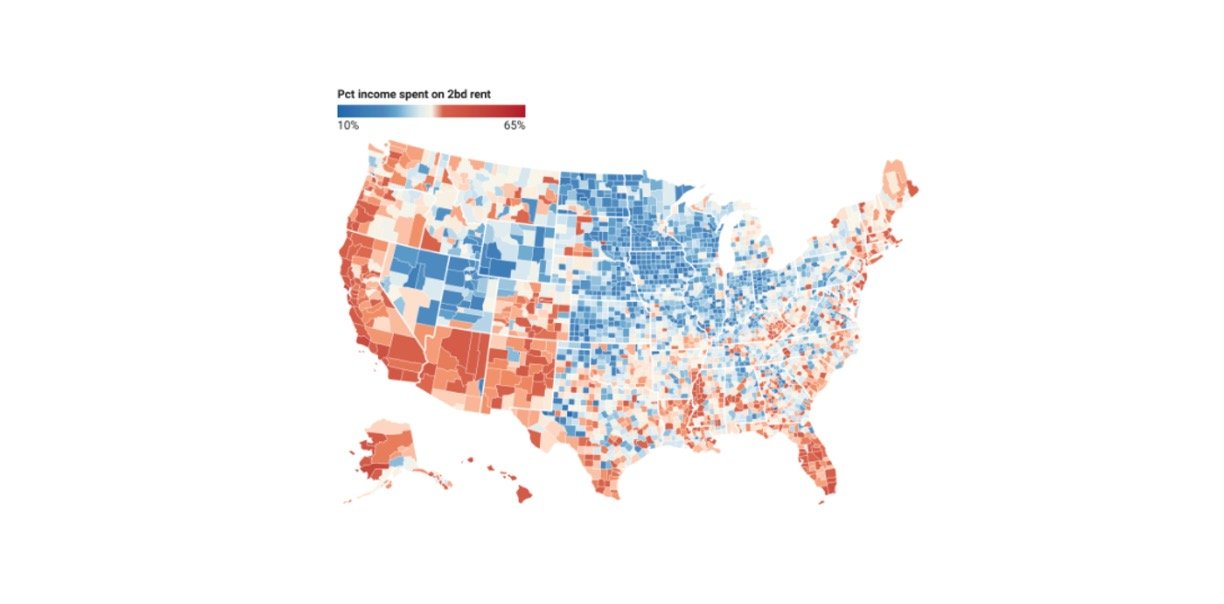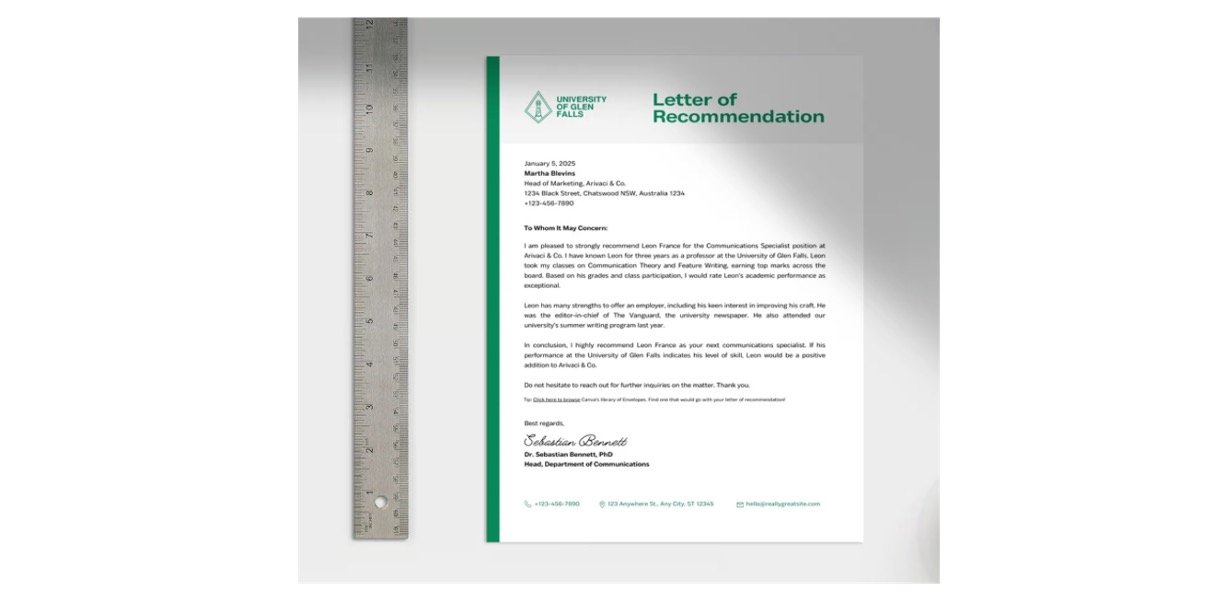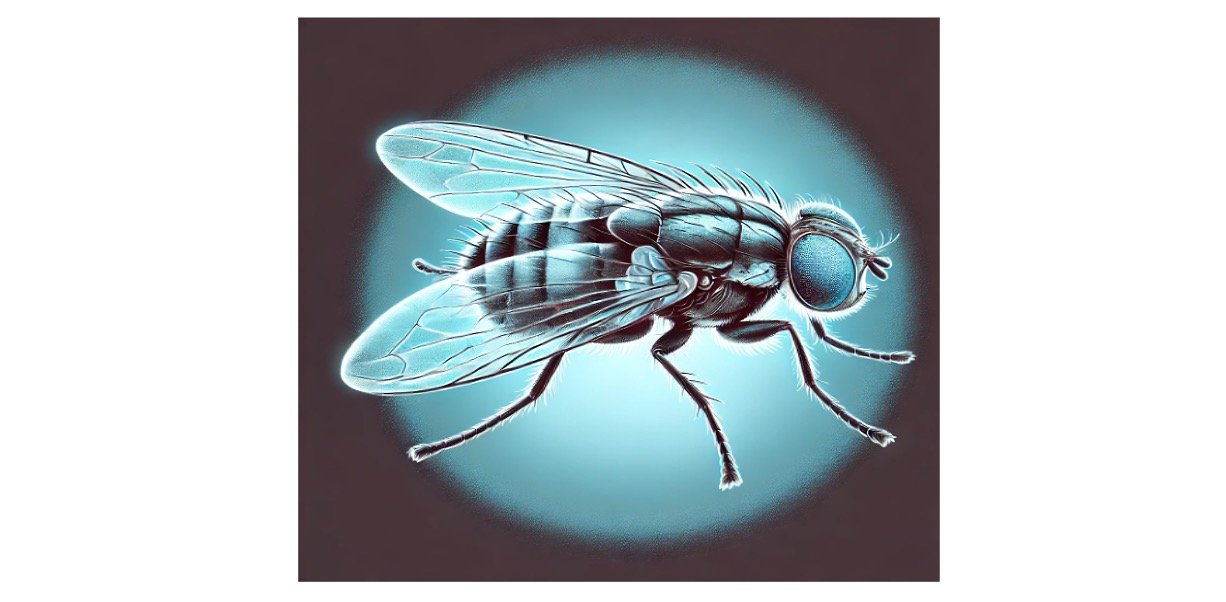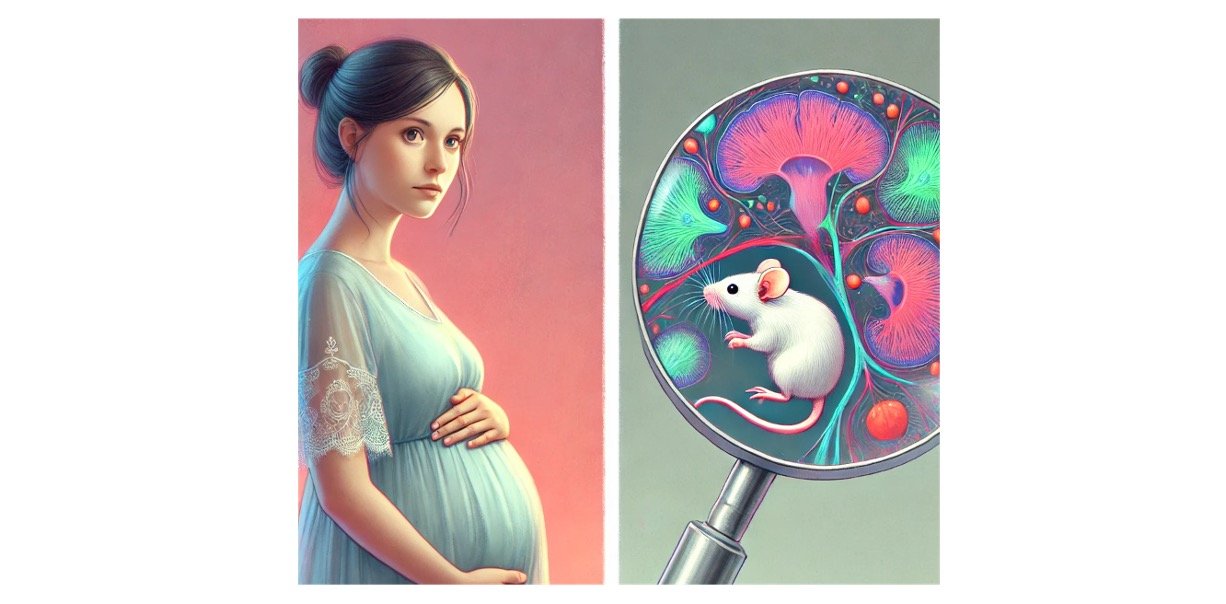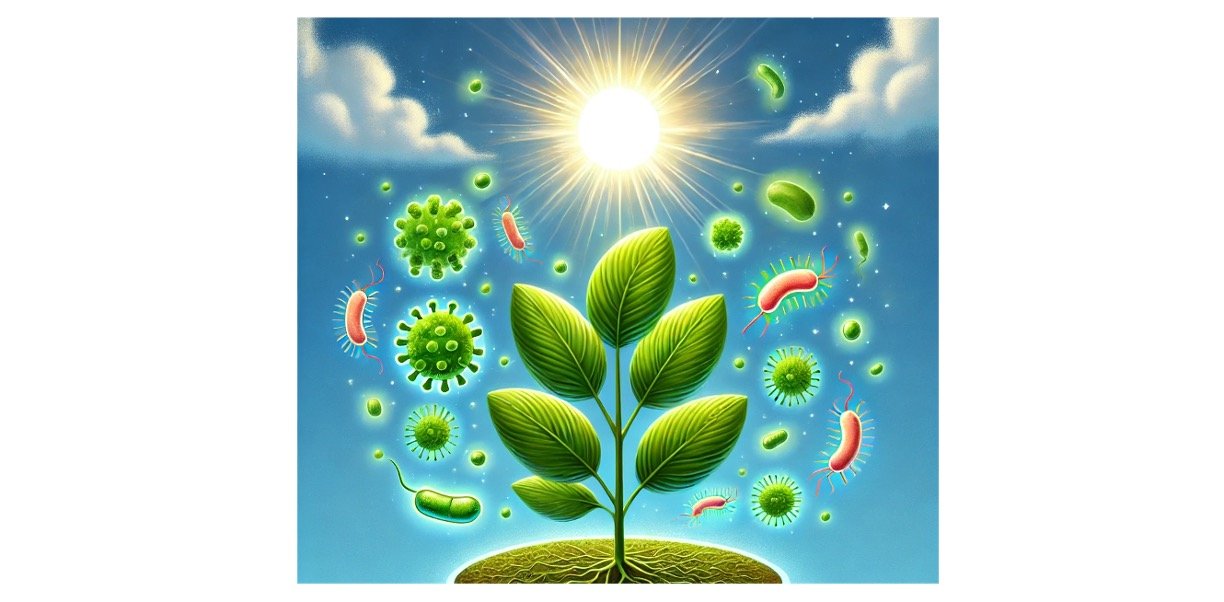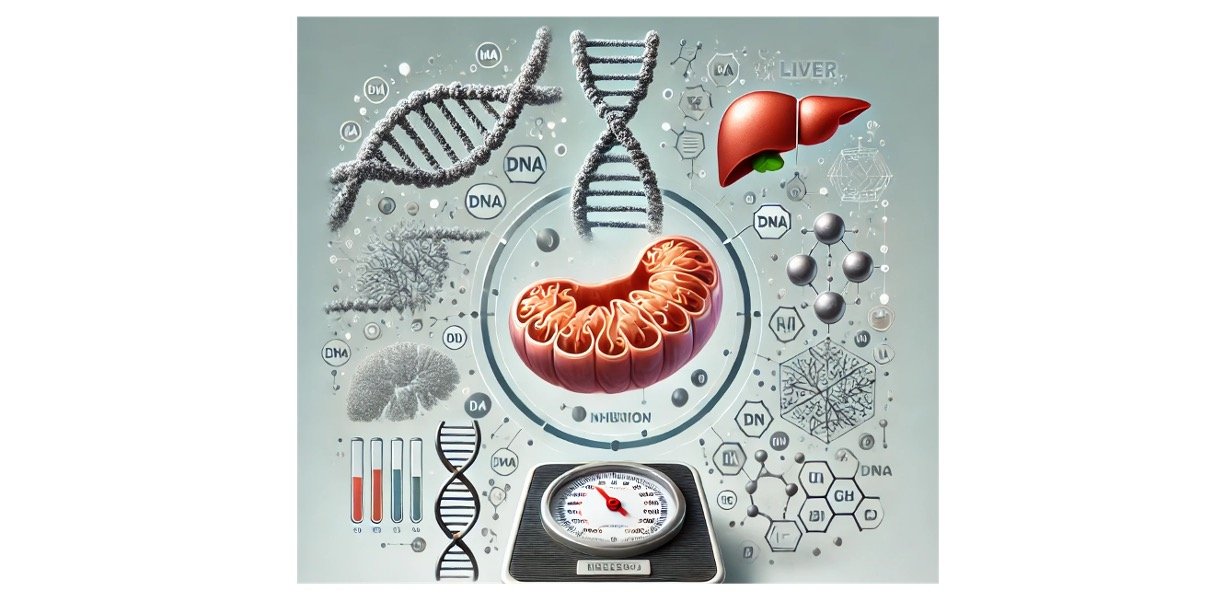About Sex Chromosomes
We all know our body is made up of types of chromosomes, one is autosomes and the other is allosomes or most commonly known as sex chromosomes.
Autosomes are commonly known as somatic or body chromosomes which does not have any practice in taking the memory to the next generation.
Whereas allosomes play an important role in taking the inheritance from present to future generations.
What are Sex Chromosomes?
Sex chromosomes are one of the type of chromosomes which play an important role in determination of sex of an individual.
Most of mammals including humans consists of two sex chromosomes.
Where as in males the sex chromosomes are named as X and Y and in females two chromosomes are named as X.
Hence male has X and Y chromosomes in their cells, eggs contain X chromosome and sperm, cells contain Y chromosome.
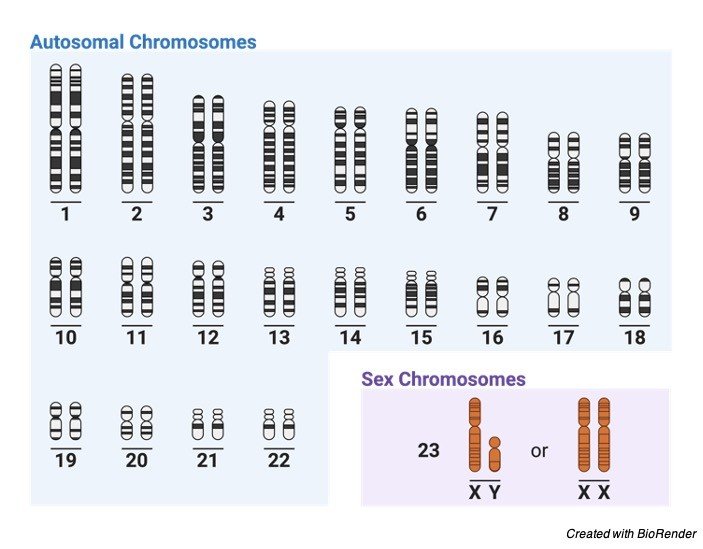
This is the reason why male parent determine the sex of the offspring. As sex chromosomes control the gender of an organism.
Considering in human beings we can consider xx as female and XY as male. But in other mammals these chromosomes have their namely differently.
The interesting thing about these chromosomes is that there is a large discrepancy in size of these chromosomes.
Where X chromosomes are larger than the Y chromosomes. These two chromosomes carry different genes for different functions.
But we cannot say appropriately that which chromosome performs this function as two chromosomes work together in making a gender and other functions properly, the defect in any of these chromosomes results in any deficiency or syndromes in that particular individual.
Before knowing about the syndromes caused by allosomes it is important to know about the morphology and structure of chromosomes.
Morphology of Chromosomes
Size: The chromosome size is generally measured during the phases of metaphase in mitotic cell division.
Usually, it measures 0.25µm in birds and fungi, 30µm in certain plants like Trillium and 8 to 12µm inn maize, 3µm in drosophila and 5µm in humans.
While the organisms which are having lesser number of chromosomes have their chromosomes with larger size than the one which is containing higher number of chromosomes.
Where the dicotyledons contains smaller chromosomes comparing with that of monocotyledons.
The animals contain smaller chromosomes on comparing with plants.
The chromosomes are also named depending upon their structure and on which organism it is present as lamp brush chromosomes which is present in few vertebrates and polytene and oocyte chromosomes which are found in certain insects.
Shape: The chromosomes change its shape at different phases during their cell division process.
Where as in the interchange phase the chromosomes look like a thin coiled thread like structures, and on passing to the metaphase and anaphase they become thick and filamented.
These chromosomes also have a centromere (often referred to as clear zone), and kinetochore which forms the length of the chromosome.
The two arms arise from the centromere and they are generally called as chromosomal arms.
However, the position varies accordingly, which results in various shape of the chromosomes as telocentric (centromere is situated at the proximal end), acrocentric (centromere at one end forming long and short arm which form a rod like appearance), metacentric (V- shaped chromosome, where centromere is at the centre), sub-metacentric (j shaped or L-shape where centromere is towards the median position)
Chromosome Structure
Chromosomes are generally the thread like structures present in the nucleus of the cell containing proteins along with one molecule of Deoxy ribo nucleic acid in each chromosome.
The structure of chromosomes also varies accordingly depending upon their structures, where as in metaphase two chromosomes consists of a symmetrical structure which is known as chromatids.

During some stages of interphase a bead like structures are found in the chromatin material which is known as chromomeres.
In some cases, the chromosomes contain a knob like structures which are referred to as satellites, along with all these chromosomes generally have the primary and secondary constrictions, nuclear organisers, centromere, kinetochore and telomeres which make up the perfect chromosomal structure.
Differentiation of Sex Chromosomes
Each cell of a human consists of 23 pair of chromosomes which are 46 in number.
The first 22 sets are defining as autosomes and the remaining one set is known as sex chromosomes or allosomes.
Autosomes are generally known as homologous chromosomes because they contain the same genes in the same order along the entire length of the chromosomes i.e., in chromosomal arms.
Thus, females have all the 23 pairs as homologous pairs where as in males the lass pair is formed by X and Y chromosomes which are heterozygous in condition.
The X chromosome present in the 23rd pair is always an ovum where the other X and Y varies accordingly as sperm or ovum depending upon their gender.
In females during an early embryonic development the X chromosomes present in other cells neither than egg cells are deactivated partially and permanently.
In some cells the X chromosomes from female i.e. from mother is inherited where as in other cells the X chromosomes from father is deactivated.
This is the only reason why our body has only one functional X chromosome. Whereas the deactivated X chromosomes are repressed by heterochromatin and prevents the activation of more genes
Sex Determination
All diploid organism get fifty percentage of allosomes from their mother and father equally.
Since females have only two X chromosomes they can pass only the X chromosome, where as male passes either X or Y chromosome.
The individual which get X chromosome from the father is determined as female and the individual which gets Y chromosomes from the father are consider as male.
This is the reason why male sperm cells decide the sex of the individual.
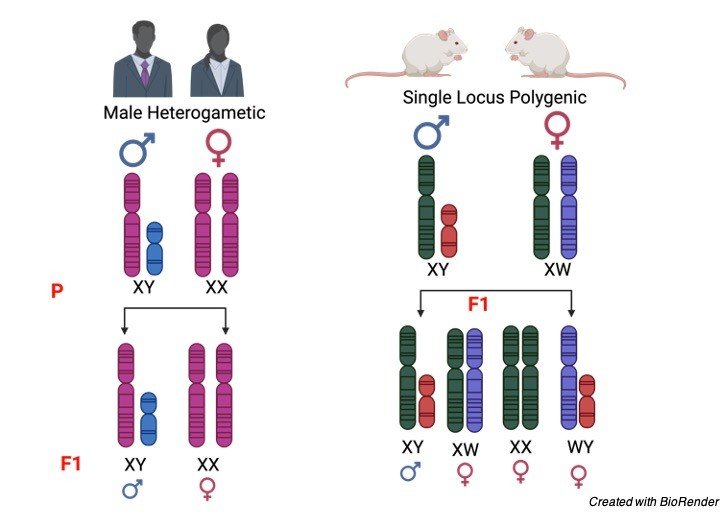
However few people rarely have a intersex due to the divergent form of sexual development.
This results when the allosomes are formed neither XX nor XY.
At sometimes the embryo may fuse and it also results in intersex. It can also be due to the exposure of chemicals which results in mutation of a particular gene.
Sex Chromosomes Disorders
Sex chromosome is not only involved in determining the gender of an individual but also in determining or carrying other genes which are responsible for other characteristics.
Genes which are being carried by sex chromosomes are commonly called as sex linked.
Sex linked genes are the ones which are passed down from their ancestors.
There is also a possibility that these genes will carry the diseases along with the genes to their offsprings if their ancestors have any one of them.
As only males carry y chromosomes there are the who transmits Y linked inherited diseases.
X linked diseases are transmitted either by female or male to their offspring.
Sex Chromosomes Citations
- Sex chromosomes manipulate mate choice. Nature . 2019 Jun;570(7761):311-312.
- Why Do Sex Chromosomes Stop Recombining?. Trends Genet . 2018 Jul;34(7):492-503.
- Genetic Diversity on the Sex Chromosomes. Genome Biol Evol . 2018 Apr 1;10(4):1064-1078.
- Young sex chromosomes in plants and animals. New Phytol . 2019 Nov;224(3):1095-1107.
- How to identify sex chromosomes and their turnover. Mol Ecol . 2019 Nov;28(21):4709-4724.
Share

